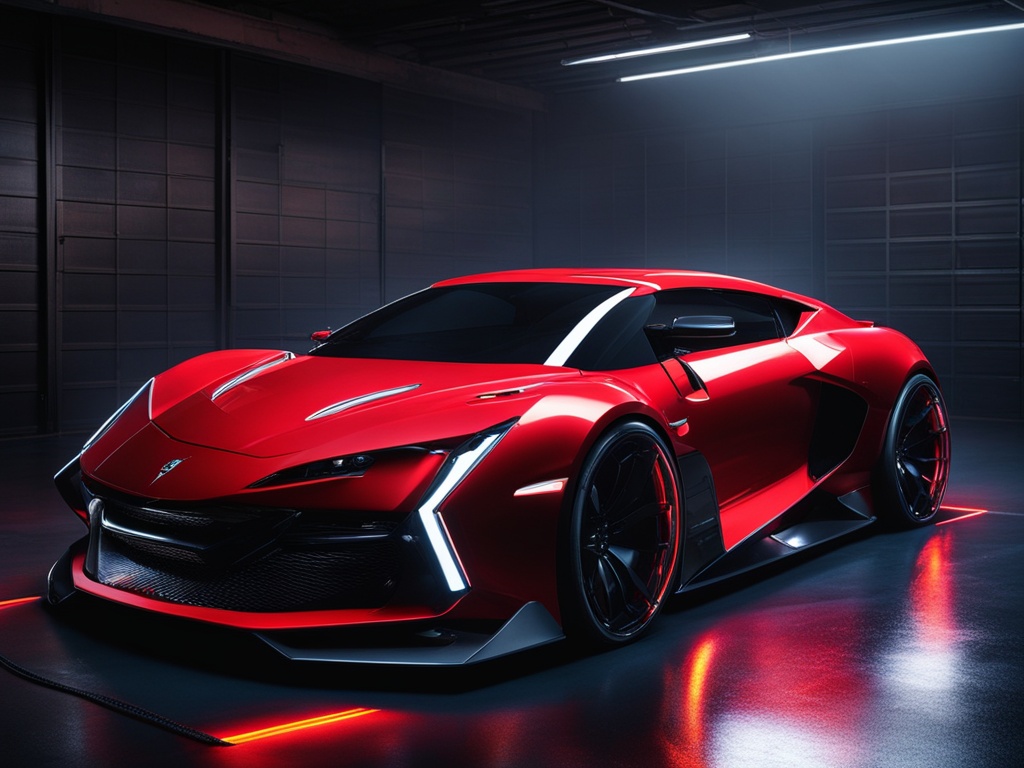As car enthusiasts and visual effects artists, we’ve always dreamed of capturing high-quality audio of car engine sounds to sync with video or blend into other video projects. Observing professional audio crews using small microphones in various positions on cars to record excellent intake, exhaust, and cabin audio has inspired us to create our own affordable setup. Our goal is to put together a versatile system that can record from multiple locations, including the intake, cabin, exhaust, and hand-held next to the camera, while handling the loud noises of modified cars. The key to achieving this is finding the right microphones and an efficient digital recording solution.
Key Takeaways
- Capturing high-quality audio directly from the source can elevate your automotive video productions.
- Observe professional audio crews to learn from their techniques for placing microphones on vehicles.
- Aim to create a versatile recording setup that can capture audio from various positions in and around the car.
- Find microphones that can handle the loud noises of modified cars for clear, distortion-free recordings.
- Pair your microphones with an efficient digital recording solution to streamline the audio capture process.
Understanding Your Audio Recording Needs
Before embarking on your journey to create a custom car audio setup for live recording, it’s essential to evaluate your current system and clearly define your audio recording goals. This process will help guide the selection of the right equipment and ensure your upgrades are tailored to your specific needs.
Evaluating Your Current Car Audio System
Take the time to carefully listen to your car’s audio system while parked and during different driving conditions. Pay attention to the speaker performance, noting any issues with distortion, lack of clarity, or uneven frequency response. Make a list of the components in your current system and rate them on a scale of 1 to 10, prioritizing which elements may need to be upgraded first for car audio system evaluation and assessing current car audio.
Identifying Your Audio Recording Goals
Clearly define what you want to achieve with your car audio recording setup. Do you primarily want to capture the sounds of the engine, exhaust, and other exterior noises? Or are you more interested in recording dialogue between passengers for a more immersive in-car experience? Knowing your specific car audio recording goals will help you select the appropriate microphones and recording equipment, as well as guide any necessary customizing car audio for recording and car audio system upgrades for recording.
Choosing the Right Microphones
Selecting the appropriate microphones is crucial for capturing high-quality audio in a car environment. For convertibles or vehicles with open sunroofs, an overhead boom microphone can provide excellent coverage. This works best when the car is stationary or on a process trailer, using a windscreen to reduce wind noise.
Overhead Boom Mics for Convertibles or Open Sunroofs
Overhead boom mics are an excellent option for capturing audio in convertibles or vehicles with open sunroofs. These microphones can be strategically positioned to pick up a wide range of sounds, from engine noise to passenger conversations. By using a windscreen, you can effectively minimize the impact of wind interference on your recordings.
Lavalier and Shotgun Mics for Front Seat Conversations
For front seat conversations, discreet lavalier or short shotgun microphones can be placed in the center console area or clipped to sun visors. Lavalier mics under the sun visors offer a natural sound while keeping the mics out of the video frame, making them an ideal choice for capturing dialogue.
Mic Placement for Rear Seat Passenger Audio
To record audio from rear seat passengers, lavalier mics can be attached to the back of the front seat headrests or the dome light. This strategic placement allows you to capture clear audio from the backseat without obstructing the view or interfering with the driver’s field of vision. Proper mic placement and the use of shock mounts are key to reducing unwanted vibration and noise.
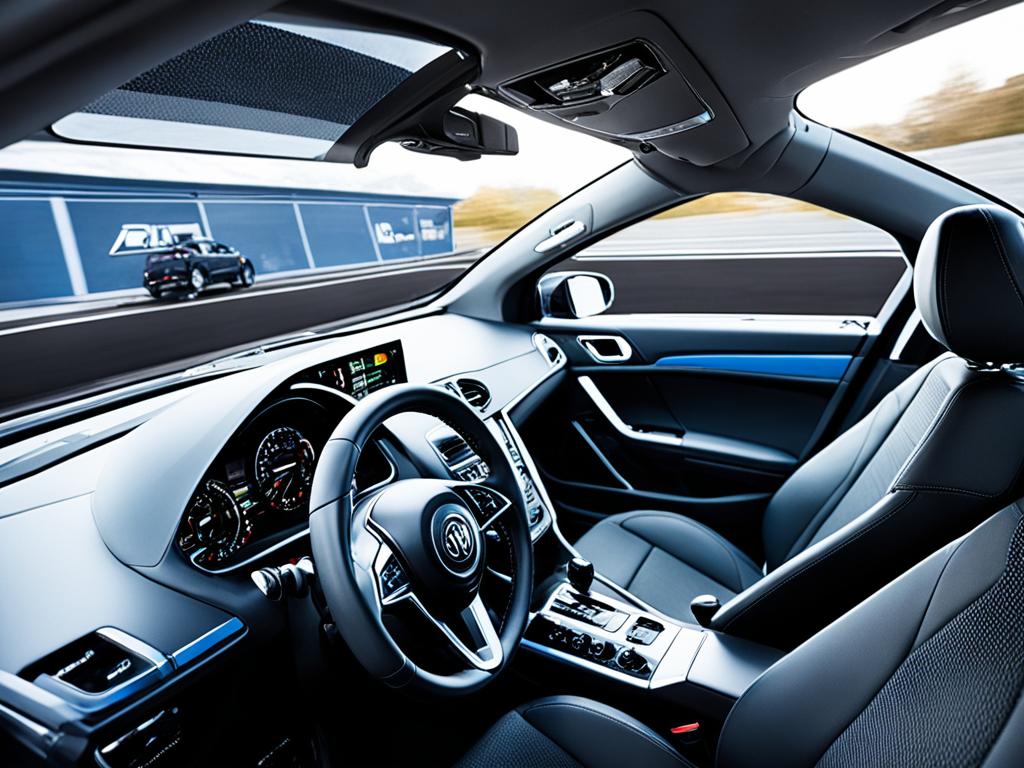
Car Audio Systems and Upgrades
Upgrading your car’s audio system can have a significant impact on the quality of your live recordings. Begin by considering replacing the factory car stereo with an aftermarket model that offers advanced features like Bluetooth connectivity, smartphone integration, and enhanced audio controls. This type of car stereo replacement can dramatically improve the overall listening experience and provide a solid foundation for your custom audio setup.
Upgrading Car Speakers for Better Sound Quality
Next, upgrading the car speakers can dramatically improve sound clarity and fidelity. Opt for high-quality aftermarket car speakers made with durable materials that can handle the higher volume levels needed for recording. These upgraded speakers will deliver a more vibrant and detailed audio reproduction, essential for capturing the nuances of your recordings.
Adding Amplifiers for Increased Power
To further enhance your car audio system, adding an external car amplifier will provide the extra power and headroom required to capture clean, distortion-free audio, especially when recording at highway speeds with increased road noise. This car audio system upgrade will ensure your recordings maintain exceptional quality, even in challenging acoustic environments.
| Upgrade | Benefit | Recommended Products |
|---|---|---|
| Car Stereo Replacement | Improved audio controls, connectivity, and overall listening experience | Sony XAV-AX1000, Pioneer DMH-1500NEX |
| Aftermarket Car Speakers | Enhanced sound clarity, fidelity, and volume handling | Rockford Fosgate R1675-S, JL Audio C2-650 |
| Car Amplifier Upgrades | Increased power and headroom for cleaner, distortion-free audio | Kicker KXA800.1, Alpine MRX-M110 |
By carefully selecting and integrating these key car audio system upgrades, you’ll be well on your way to creating a custom setup that improves car audio for recording and elevates the quality of your live audio captures.
Noise Reduction Strategies
Even the most well-designed car audio system can be hindered by unwanted noise from the vehicle’s exterior. To overcome this challenge and capture high-quality audio recordings, the strategic use of sound deadening materials is essential. Products like Dynamat can be applied to the doors, trunk, and other key panels to effectively block road noise, vibration, and exhaust rumbles from entering the cabin.
By reducing these exterior disturbances, we’ll be able to better focus on capturing the audio we desire without the interference of unwanted noises. This not only improves the overall quality of our recordings but also allows us to fully immerse ourselves in the authentic sounds of the car, whether it’s the powerful rumble of the engine, the rhythmic beat of the tires on the pavement, or the engaging dialogue between passengers.
Sound Deadening Materials for Unwanted Noise
Applying sound deadening materials to strategic areas of the vehicle is a proven method for car audio noise reduction, reducing road noise in cars, and improving car audio quality. By creating a barrier against external sounds, we can create a more controlled and optimal environment for car audio noise control and sound deadening for cars. This attention to detail ensures that our custom car audio setup delivers the exceptional audio recordings we need for our video productions.
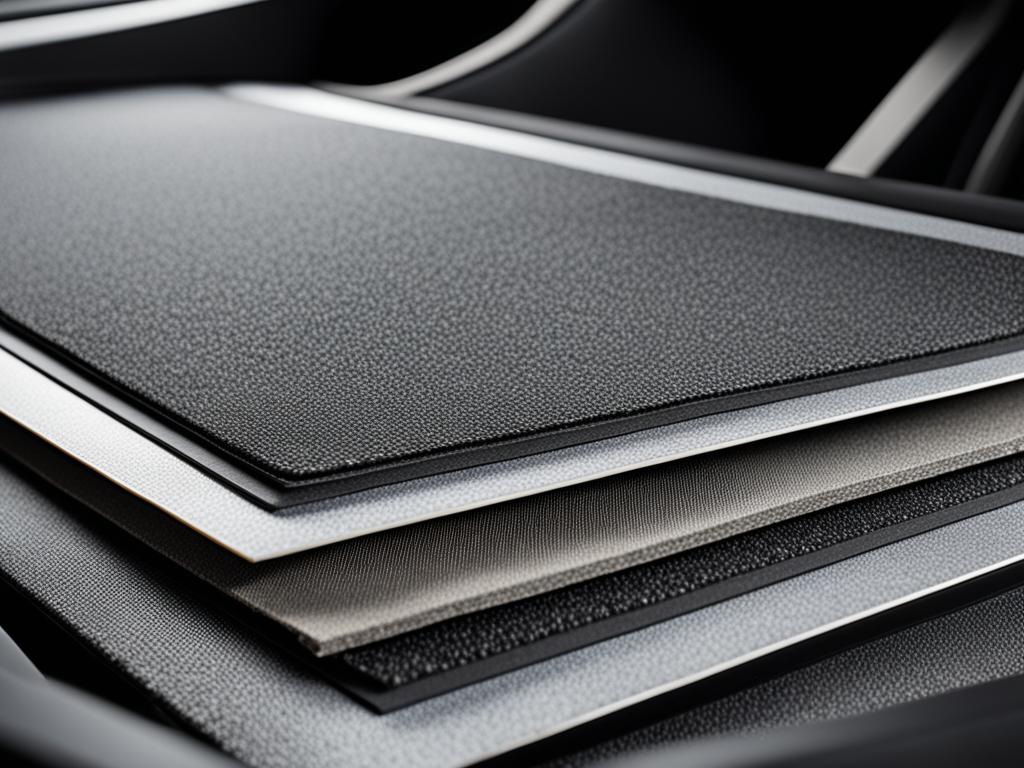
Capturing Low-End Frequencies
Capturing the full frequency spectrum, including deep bass, is important for realistic and impactful audio recordings. To achieve this, we can consider adding a car audio subwoofer to our car audio system. Aftermarket subwoofers driven by a dedicated amplifier can fill in the low-end frequencies that smaller full-range speakers struggle to reproduce.
Subwoofer Options for Enhanced Bass Response
There are various subwoofer options for enhancing the bass response in our car audio system. From component subwoofers that can be customized to fit our space, to preloaded enclosures that offer a more plug-and-play solution, the right subwoofer selection can result in a richer, more dynamic audio capture for our low-frequency audio recording in cars.
Carefully selecting the right car audio subwoofer for our vehicle and recording needs will ensure we can enhance the bass response for recording and capture the full range of audio frequencies essential for realistic and impactful audio recordings.
Wireless Recording Solutions
For the ultimate in flexibility and ease of use, wireless recording solutions are an excellent option for live audio capture in cars. Wireless microphones and transmitters allow you to place mics in various positions around the vehicle without being hindered by cables. This enables a cleaner installation and the freedom to move around the car during recording. Additionally, wireless systems eliminate the risk of cable failures or interference that can occur with wired setups, providing a more reliable and streamlined audio capture experience.
By leveraging wireless audio recording in cars, you can take advantage of cable-free recording setups for cars that offer the benefits of wireless microphones for car recording. This versatile approach to in-vehicle audio capture allows you to focus on the task at hand without the hassle of tangled wires or the potential for technical issues that can arise with traditional wired systems.
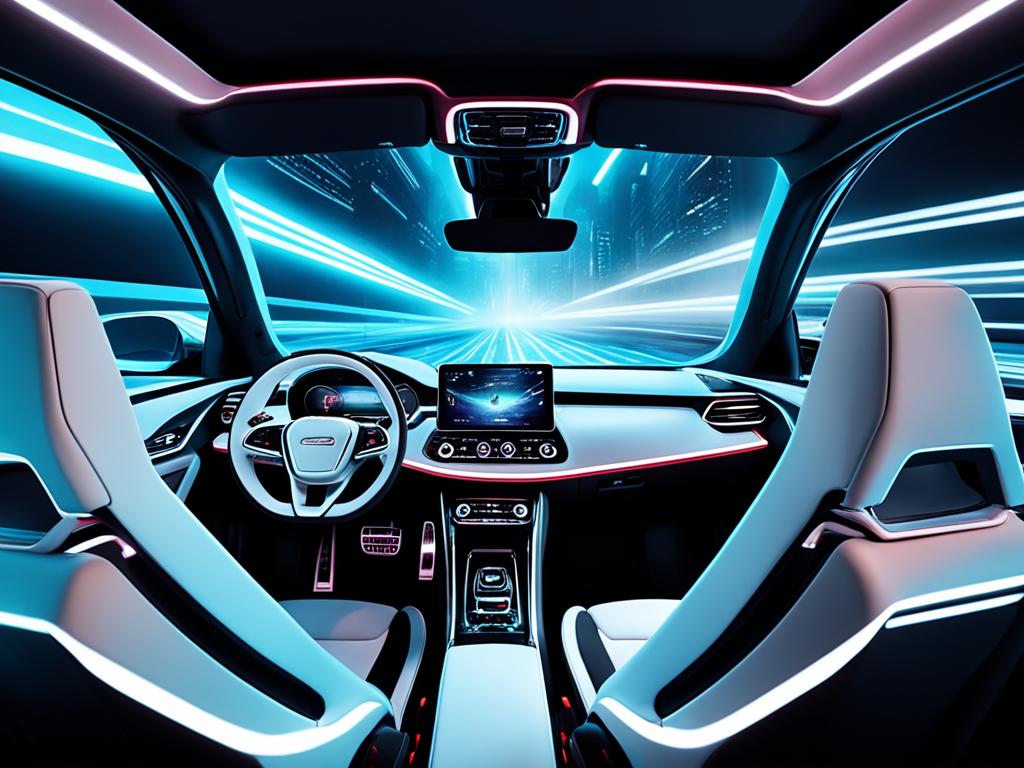
Integrating a wireless recording solution into your custom car audio setup can truly elevate the quality and convenience of your live audio capture. With the freedom to position microphones strategically and the reliability of a cable-free system, you’ll be able to consistently deliver high-quality audio for your automotive video productions.
Recording Equipment and Software
To bring your custom car audio setup together, you’ll need the right digital audio recorders for cars and software. Digital audio recorders with multiple microphone inputs are ideal, allowing you to capture multi-channel car audio recording from various positions simultaneously. This provides more flexibility during the recording process and makes it easier to mix the different elements together in post-production.
Digital Recorders for Multiple Mic Inputs
When it comes to recommended recording gear for car audio, look for digital recorders that offer multiple mic inputs. This enables you to record from several microphones placed around the vehicle, such as overhead boom mics, lavalier mics, and shotgun mics. Capturing audio from these diverse sources simultaneously gives you more options during the editing and mixing stage.
Audio Editing Software for Car Recordings
For the editing and post-production work on your car audio recordings, professional audio editing software like Adobe Audition or Pro Tools will provide the advanced tools needed to refine the audio and create the final polished product. These software solutions offer powerful features for multi-track editing, noise reduction, equalization, and seamless audio-video synchronization – essential for crafting high-quality car audio recordings for your video projects.
Budgeting and Building Your System
When building a custom car audio setup for live recording, it’s important to consider your budget and plan your system upgrades accordingly. Determining an overall budget that fits your needs and priorities is the first step, whether you’re aiming for a one-time investment or a phased approach over time.
Determining Your Budget
Start by evaluating your available funds and identifying how much you can comfortably allocate towards your car audio system budgeting. Researching product prices, comparing options, and taking advantage of sales and discounts can help you maximize your budget and get the most value for your money when it comes to car audio system budgeting.
Phased Approach to System Building
If a one-time investment isn’t feasible, a phased approach to upgrading your car audio system can be an effective strategy. Begin by focusing on the most essential components, such as high-quality microphones and a reliable digital recorder. As your budget allows, gradually upgrade other elements like speakers, amplifiers, and sound deadening materials to build your dream car audio recording setup over time. This phased approach to car audio upgrades can help you achieve your goals in a cost-effective and manageable manner.
Regardless of your approach, planning car audio upgrades and cost-effective car audio customization are key to creating a custom car audio system that meets your live recording needs without breaking the bank.
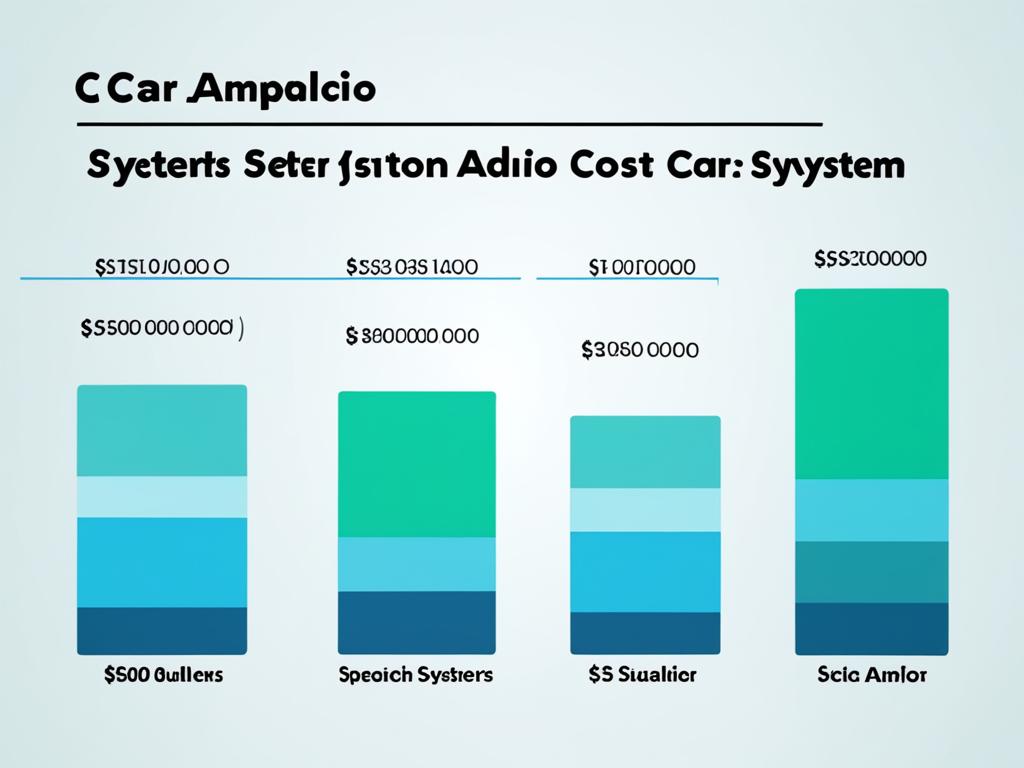
Installation and Setup
Once you’ve selected the components for your custom car audio recording setup, the next step is proper installation and configuration. Whether you prefer a hands-off approach or are comfortable with DIY work, there are options to ensure your system is integrated seamlessly and optimized for the best performance.
Professional Installation Services
For those who prefer a more hands-off approach, professional car audio installation services can be a great solution. Experienced technicians will handle the intricate process of mounting microphones, running cables neatly, and configuring the digital recorder to ensure everything is working in harmony. This can be especially beneficial for complex setups or if you’re unfamiliar with the DIY car audio installation process. By leveraging professional expertise, you can be confident that your custom car audio system setup is installed correctly and optimized for superior audio recording in your vehicle.
DIY Installation Tips and Resources
Alternatively, if you’re comfortable tackling the installation of car audio gear yourself, there are ample online tutorials and resources to guide you through the process step-by-step. From properly mounting microphones in strategic locations to neatly routing cables and configuring your digital recorder, a DIY approach can be a rewarding way to build your custom car audio recording setup. By taking the time to learn the DIY car audio installation techniques, you’ll gain a deeper understanding of your system and be able to troubleshoot any issues that may arise down the line.
Regardless of whether you choose a professional or DIY installation, the key is ensuring all components are integrated seamlessly and optimized for capturing the best possible audio quality from your vehicle.
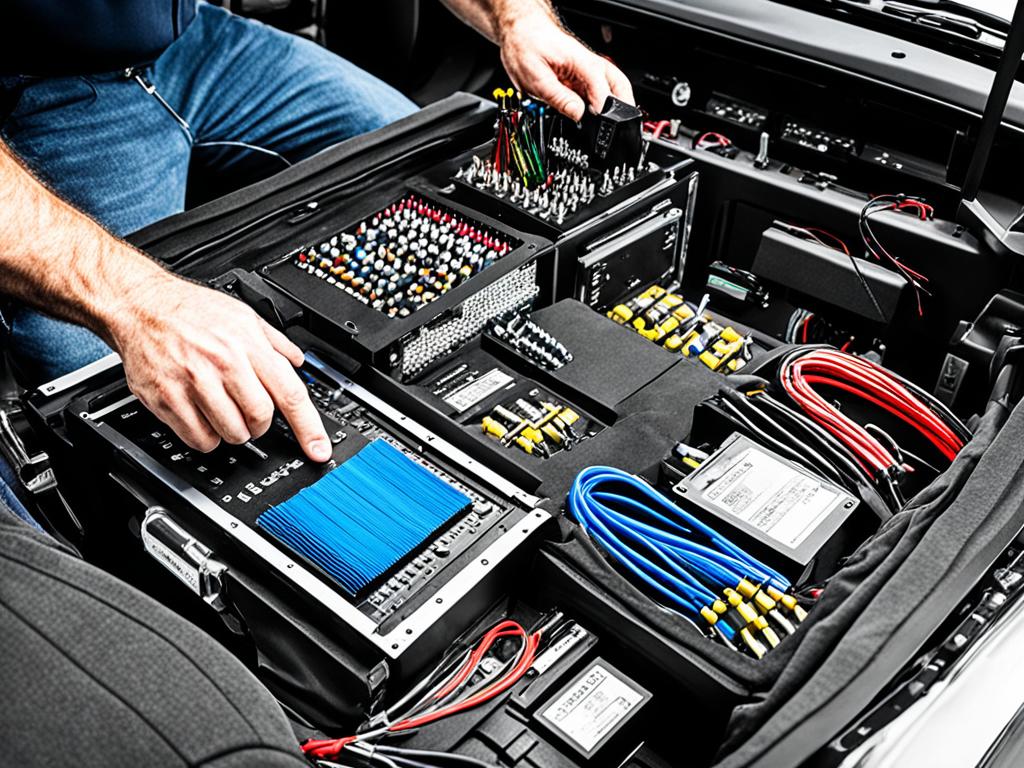
Conclusion
Creating a custom car audio setup for live recording allows us to capture high-quality, immersive audio that can elevate our video productions to new heights. By carefully evaluating our current systems, selecting the right microphones, upgrading key audio components, and implementing noise reduction strategies, we can build a versatile recording setup tailored to our specific needs.
With the right equipment, installation, and post-production workflow, we can consistently capture exceptional audio directly from the source, whether that’s engine sounds, dialogue, or a combination of both. The time and effort invested in crafting the perfect custom car audio system for recording pays off in the form of rich, dynamic audio that breathes life into our automotive-focused video content.
The benefits of a custom car audio setup for live recording are numerous, from the ability to capture high-quality, immersive audio that elevates our video productions to the flexibility and control it provides throughout the entire recording and post-production process. By taking the time to research, plan, and build the perfect system for our needs, we can create audio that truly does justice to the vehicles and stories we’re trying to capture.
FAQ
How can I evaluate my current car audio system for live audio recording?
What types of microphones are best for capturing high-quality audio in a car environment?
How can upgrading my car’s audio system improve the quality of my live recordings?
How can I reduce unwanted noise in my car audio recordings?
What are the benefits of adding a subwoofer to my car audio system for live recording?
How can wireless recording solutions benefit my car audio setup for live recording?
What type of recording equipment and software should I use for my custom car audio setup?
How can I budget and plan for building my custom car audio setup for live recording?
What are the key considerations for properly installing and configuring my custom car audio recording setup?
Source Links
- https://www.audio-technica.com/en-us/support/basic-audio-techniques-for-video-miking-inside-of-a-car
- https://recording.org/comment/setup-record-automobile-sounds-7
- https://www.crutchfield.com/learn/best-car-stereo-system.html
